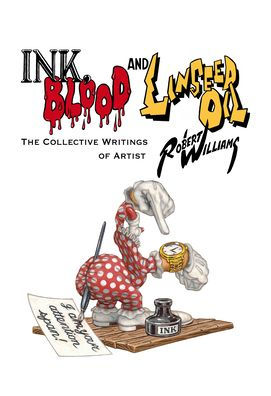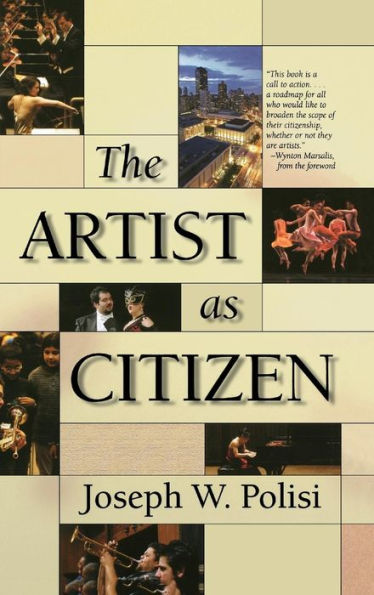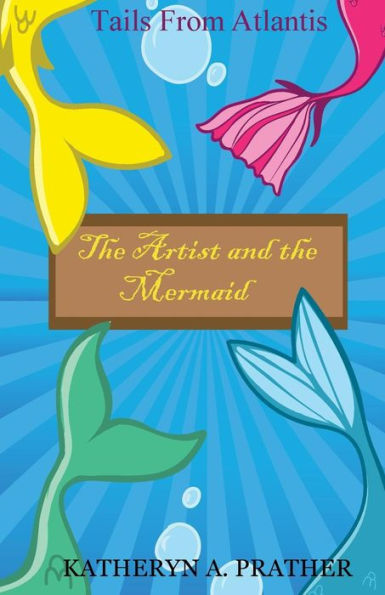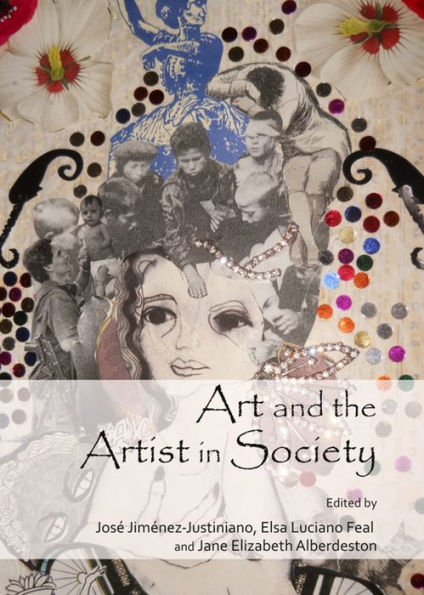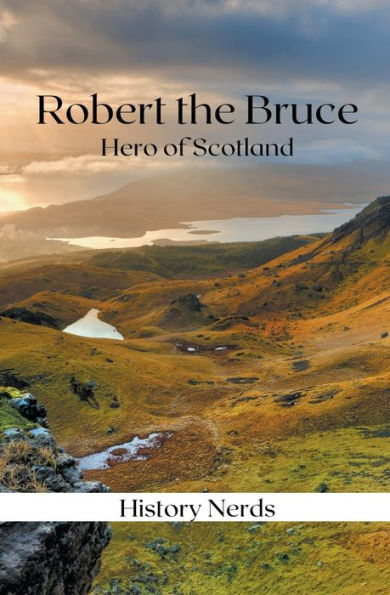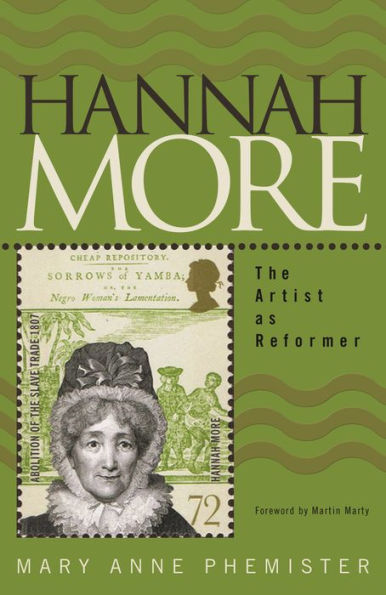Home
Artists on Robert Smithson
Barnes and Noble
Artists on Robert Smithson
Current price: $15.95
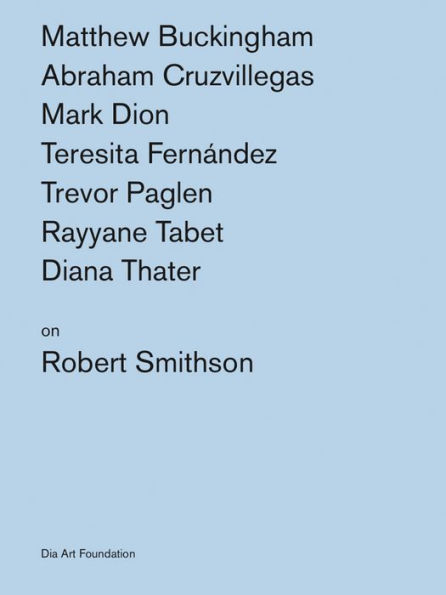

Barnes and Noble
Artists on Robert Smithson
Current price: $15.95
Size: OS
Loading Inventory...
*Product information may vary - to confirm product availability, pricing, shipping and return information please contact Barnes and Noble
Artists from Matthew Buckingham to Diana Thater address the rich legacy of Robert Smithson’s films, sculptures and
Spiral Jetty
This is the fifth volume in a series that builds upon Dia Art Foundation’s Artists on Artists lectures. The contributors to
Artists on Robert Smithson
engage with Smithson’s work in myriad ways: Matthew Buckingham’s essay highlights Smithson’s preoccupation with the ways that histories of the earth are constructed and contested; Abraham Cruzvillegas considers Smithson’s work with broken glass and architecture; Mark Dion’s didactic approach to the life and work of the artist recounts the conceptual and evolutionary conditions that led to his birth and development; Teresita Fernández confronts the limitations of dominant histories of place, art and the monumental; Trevor Paglen considers Smithson’s iconic spiral and his fascination with natural history; Rayyane Tabet weaves together a history of basalt that reveals themes of colonialism, surveillance and strife; and finally, engaging with the science fiction canon and its cinematic conventions, Diana Thater provides a close reading of Smithson’s
film.
Spiral Jetty
This is the fifth volume in a series that builds upon Dia Art Foundation’s Artists on Artists lectures. The contributors to
Artists on Robert Smithson
engage with Smithson’s work in myriad ways: Matthew Buckingham’s essay highlights Smithson’s preoccupation with the ways that histories of the earth are constructed and contested; Abraham Cruzvillegas considers Smithson’s work with broken glass and architecture; Mark Dion’s didactic approach to the life and work of the artist recounts the conceptual and evolutionary conditions that led to his birth and development; Teresita Fernández confronts the limitations of dominant histories of place, art and the monumental; Trevor Paglen considers Smithson’s iconic spiral and his fascination with natural history; Rayyane Tabet weaves together a history of basalt that reveals themes of colonialism, surveillance and strife; and finally, engaging with the science fiction canon and its cinematic conventions, Diana Thater provides a close reading of Smithson’s
film.
